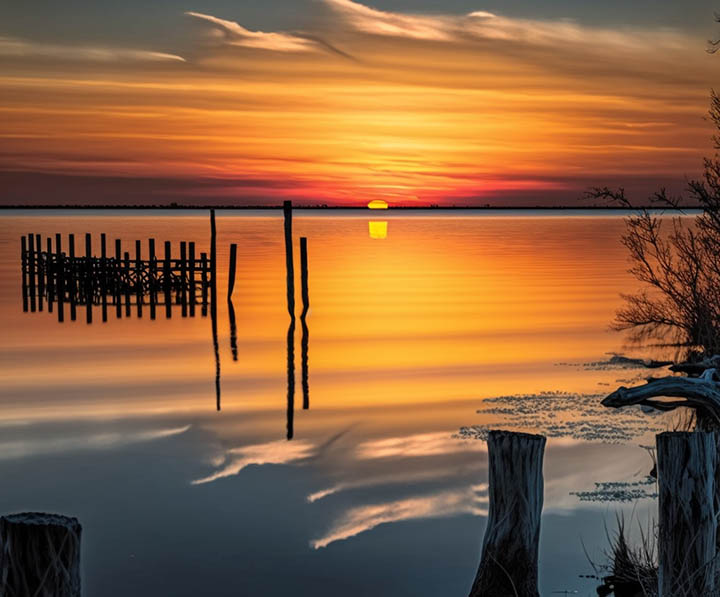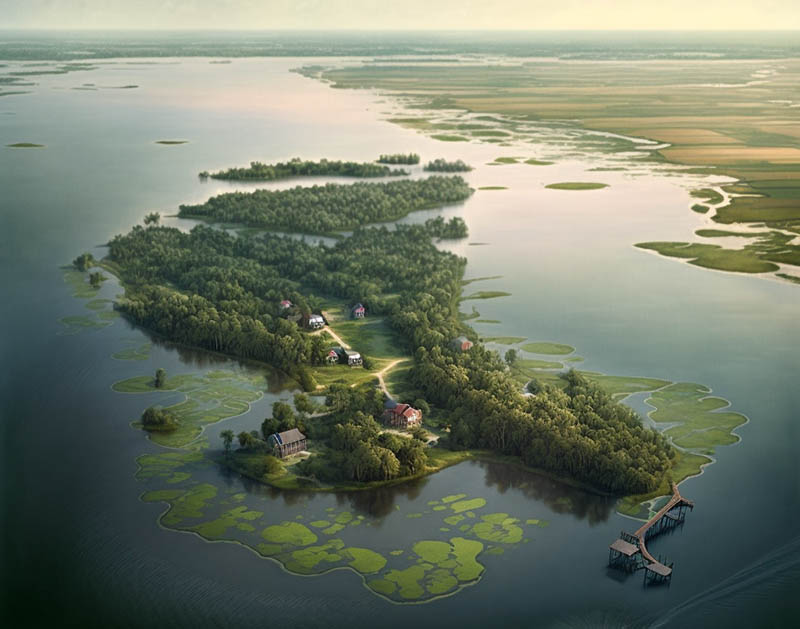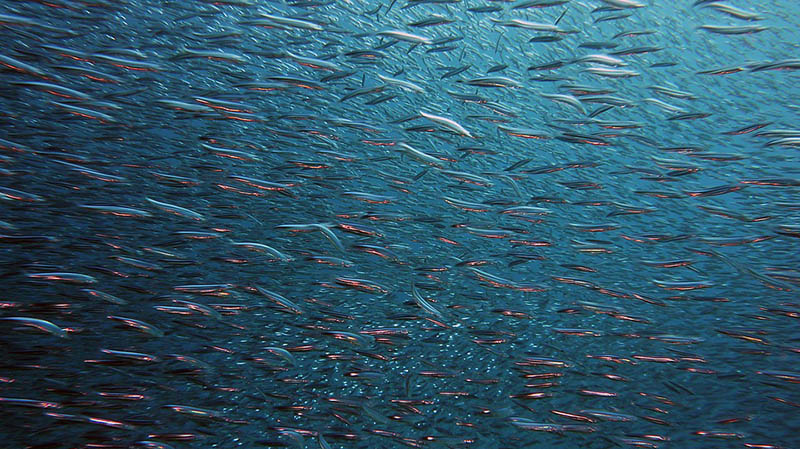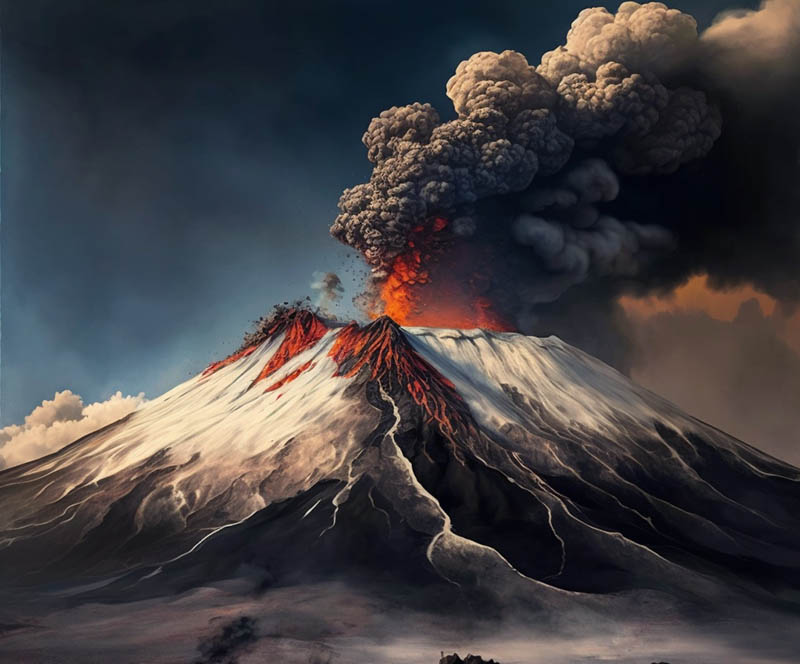The Chesapeake Bay is huge. It is larger than many countries in the world! It is a huge area with a complex ecosystem.
Geographical Facts
- Chesapeake Bay is the largest estuary in the United States, with a surface area of about 4,479 square miles (11,600 square km). It’s located on the east coast of the US and spans across six states, including Maryland, Virginia, Delaware, West Virginia, Pennsylvania, and New York.
- The bay has over 150 rivers flowing into it, including the Susquehanna, Potomac, and James rivers, which supply the bay with fresh water and nutrients.
- In the past, Chesapeake bay was a Susquehanna River valley, which was created by the river more than 15,000 years ago. The sea level was 100 meters (~328 feet) below today’s back then.
- The Chesapeake Bay is an important economic resource for the region, supporting industries such as fishing, boating, and tourism. It also is a popular destination for recreational activities such as sailing, kayaking, and fishing, and is home to several popular beaches and waterfront towns. Most tourists visiting Virginia and Maryland also enjoy the stunning views of the bay.

Chesapeake Bay Ecology
- Chesapeake Bay is home to more than 3,600 species of plants and animals, making it one of the most biologically diverse regions in the country. The bay is a critical habitat for iconic species such as the blue crab, oysters, and striped bass.
- The bay has experienced significant environmental degradation over the years, including pollution, overfishing, and habitat destruction.
Miscellaneous
- About 35 million years ago, a large meteorite fell near the entrance to the bay. The impact created a crater 53 miles (85 km) in diameter and 4300 feet (1,300 meters) deep. The center of the crater is located underwater in the Chesapeake Bay.
- The Chesapeake Bay Bridge-Tunnel, which spans 17.6 miles across the mouth of the bay, is considered one of the seven engineering wonders of the modern world.
- This region played a significant role in the founding of the United States, serving as a hub of colonial trade and commerce.
- Here is the unique island of Holland which consists of clay and silt. The island has been inhabited since the early 17th century, but now it is deteriorating. People no longer live here. At high tide, the water sometimes completely covers the island.
- The origin of the bay’s name is the word “Chesepiooc”. That’s an Algonquian word referring to a village “at a big river”. It is the seventh-oldest surviving English place name in the United States.


